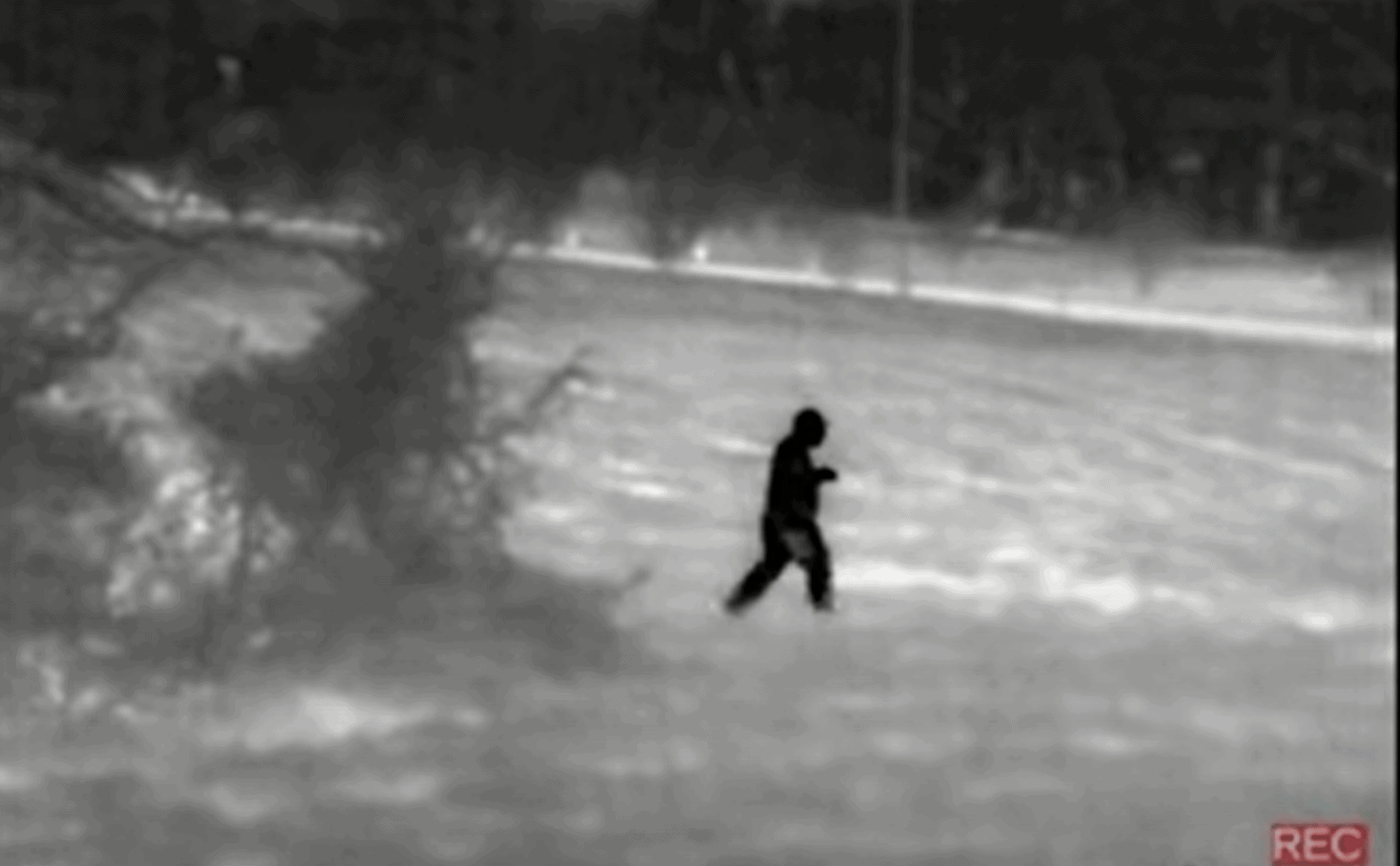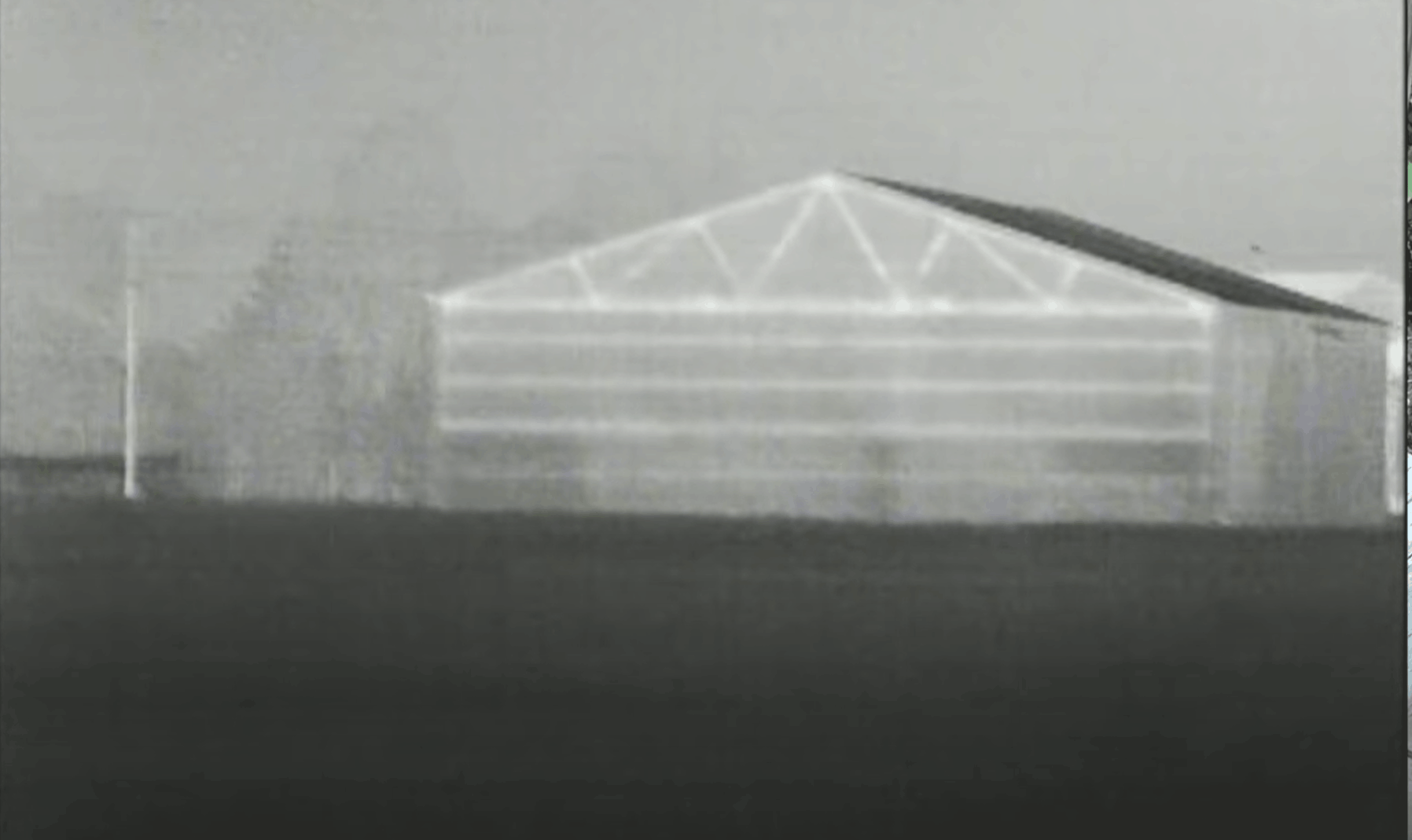For humans, adjusting our eyes to be able to see objects and details in the dark is challenging because we are so accustomed to operating in both natural and artificial light. That means that it’s easy to feel confused and disoriented when we step outside at night in both familiar and unfamiliar terrain. Even a terrain or layout that makes sense when we observe it through a surveillance camera or explore it during the day may feel totally foreign when we step outside into pitch black. Many trespassers use this well-known fact to their advantage when breaking and entering.
Portable, Wearable Night Vision Gear
Using Night Vision Goggles and Thermal Technology To Protect Your Home. The rural home is typically safer than your average urban dwelling, but, according to USA Today, a majority of rural states continue to see an increase in property crimes. Rural life can be a blessing and a curse when it comes to crime, with the solitary nature of the property lending itself both to in-depth security but also the potential of isolation from law enforcement and other help. One of the most beneficial technologies in this regard is thermal imaging, which can have a transformative impact on your defense of your property while providing an extra way to have fun out.
The Answer: Portable and Wearable Night Vision Technology
People who are satisfied with night vision cameras aren’t always satisfied with the idea of having to stay “in front of the screen” to see what’s going on. This is where portable, wearable night vision gear can become essential! Night vision goggles provide a great way to get the same visual advantage as naturally nocturnal creatures like owls and big cats. According to How Stuff Works, “With the proper night-vision equipment, you can see a person standing over 200 yards (183 m) away on a moonless, cloudy night!”
People are increasingly using night vision technology to feel safer and more prepared when stepping outside into the unknown. This technology can help us to see people in the dark, navigate the terrain around us and conduct night surveillance while in motion. In addition, many enjoy the unexpected benefit of being able to observe the habits of wildlife after dark without the need to shine flashlights that will scare animals away.
How Do Night Vision Goggles Work?
“Night vision devices gather existing ambient light (starlight, moonlight or infra-red light) through the front lens. This light, which is made up of photons goes into a photocathode tube that changes the photons to electrons,” explains Cristian Randieri of the University of Catania. Those electrons that are conjured up then become amplified using an electrical and chemical process.
Next, the amplified electrons are hurled against a phosphorus screen designed to transform them back into visible light. The result is what’s seen through the eyepieces on night goggles. Ultimately, what you’re seeing in the display of night goggles is actually a heightened, clarified recreation of the scene being observed in front of you. Of course, it all happens faster than we can blink!
It should be said that the different night vision products available on the market offer varying degrees of image quality. What’s more, different manufacturers tweak aspects of visibility for the needs of people conducting night surveillance, or participating in other activities with limited access to light.
What is Night Vision Goggles
Thermal imaging is the simple application of infrared light into imaging. By looking into a thermal imaging monocular or a weapon scope, you can see the relative heat of everything in front of you. This can be adjusted to a point where a human or animal body is very obvious against an otherwise non-colored or ‘cold’ backdrop. Thermal imaging is a broad technology with a wide variety of applications, but having one such device in a rural home can be incredibly beneficial.
It can help with farm work if you have any sort of operation, such as by helping to locate bird’s nests on a property for relocation. In the context of your security, perhaps the most beneficial aspect of thermal imaging is the work that it can do to deter and combat property crime.
Rural Living with Night Vision Goggles
Thermal optics is something new, exciting, and can be quite a thrill. In the process, you may well help to conserve the green spaces that you live in by reducing problem species. Thermal imaging is a high-tech bit of kit that can stamp its mark on the old-fashioned way of rural life. Animals With Horns and Antlers. It provides an easy way to catch potential burglars, to help to maintain your property. In conjunction with your own know-how of rural environments, it can be a real boost to your property.
Thermal Imaging
Some goggles utilize thermal imaging instead of relying on vision enhancement. The difference is that thermal imaging relies on displaying images via “heat capturing” instead of through reflected light. Thermal goggles specifically catch the upper portion of the infrared light spectrum. People who rely on these goggles as their night eyes know that warm bodies emit brighter signals than cooler, stagnant objects like shrubbery or buildings.
Generally, thermal imaging is more effective in the darkest of environments. Both vision enhancement and thermal imaging provide real-time, accurate views of your surroundings. The advantage of the “green vision” created by the phosphors on the screen is that it actually makes it easier to notice details and stare at a screen longer when compared to black-and-white displays.
Thermal imaging for security
Thermal imaging and how it applies to security has been grounds for some controversy. In 2001, the Supreme Court ruled that law enforcement couldn’t use imaging to look into homes. However, the same protection is not extended the other way.
A thermal imaging camera can be a quick and simple way to look both in and outside of your house – heat signatures can, to some degree, be seen through walls – and to see if there are intruders either approaching or within the home. This allows you time to call law enforcement and to protect yourself and your property should you feel you need to.
Given how heat signatures work, this is also quite a safe way to see if a member of your family has caused the disturbance, as you’ll be able to recognize them and have peace of mind as to their safety. In rural areas, break-ins and criminal occurrences are, fortunately, few and far between. This does not mean that your thermal imaging device will need to lie fallow, however. There are more uses for thermal imaging beyond security and property management.

Night Vision Binoculars
For long views, night vision binoculars open up a new world of detection. However, they aren’t always necessary if you don’t anticipate needing to see objects at far distances. Binoculars with a head mount are especially useful because they allow you to see in the dark while still having your hands occupied. Image quality and “gain” are the two big factors to consider when looking at binoculars. Gain refers to the level of light that is viewed when looking through your binoculars. Devices with great magnification in the lenses have reduced gain.
Night Vision Scope
Night vision scopes are optic devices that allow for greater visibility for night shots. These are detachable add-on devices that can be fixed to objects. Generally, they are designed for rugged conditions. They are also designed to offer a wide field of view (FOV). Some specific scopes provide extra features like nitrogen purging for fog-proof performance, manual gain controls, laser range finders and active recording to let you replay the action. A night vision scope can use either ambient light or thermal technology.
Night Vision Glasses
Night vision glasses are often used by people seeking better visibility and clarity while driving at night. However, they can be relied upon whenever there’s a need to have better visibility when stepping into the dark. They are a low-tech, low-cost alternative to goggles. Night glasses increase visibility by reducing glare through the use of yellow-tinted lenses. These non-prescription vision enhancers are very similar to the “shooter’s” glasses that are commonly worn both outdoors and in ranges.
Night glasses work by scattering and filtering out blue light. Due to its high energy point on the light spectrum, blue light is very likely to create glare when it enters the eye. Many people find that these glasses increase contrast of objects when skies are less bright. Additionally, night glasses often feature anti-reflective coatings that combat reflections from things like headlights, streetlights, headlamps and flashlights.
Portable Night Vision Technology Really Is for Everyone
There was a time not long ago when portable night vision gear was considered to be extremely high-tech, expensive and inaccessible. Typically, only law enforcement, the military or civilians with private security could get access to high-quality night vision gear. Today, portable night vision gear is something that truly anyone can utilize. This comes at the same time that night vision technology has improved drastically to deliver enhanced visibility and reliability. There are many affordable and practical options for all types of optical gear for enhanced night visibility available today.

